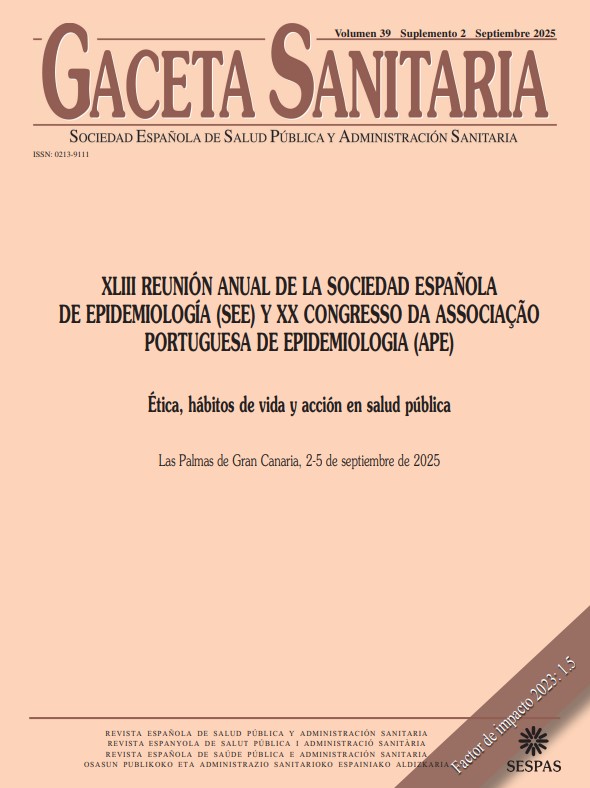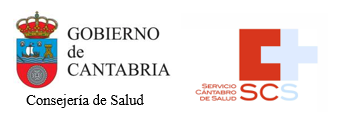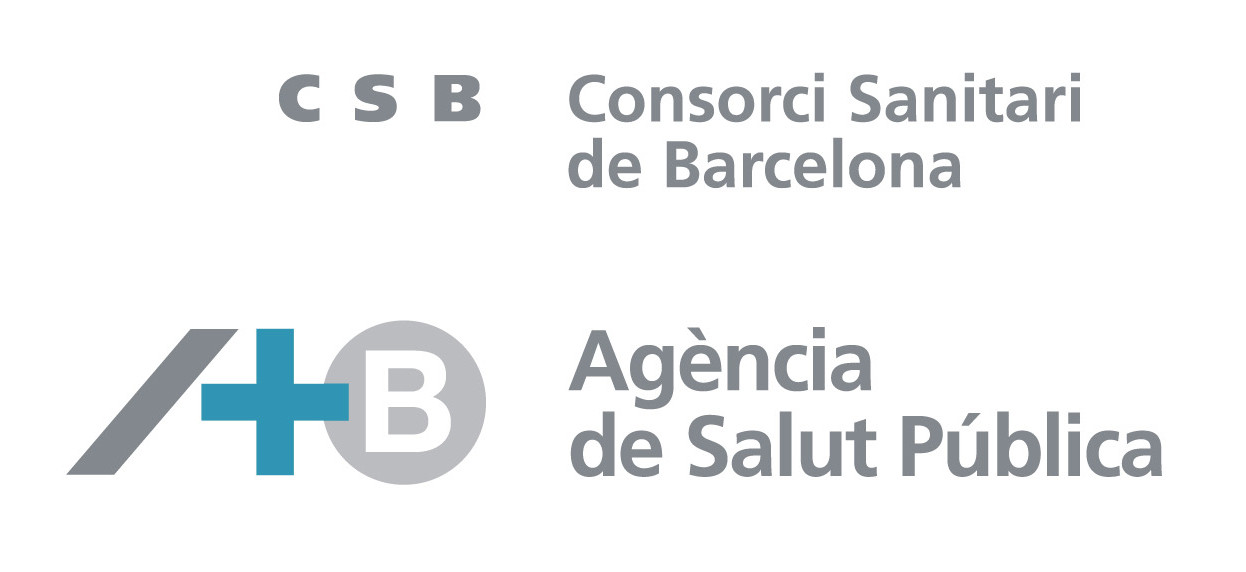571 - SOCIOECONOMIC INEQUITIES IN UNHEALTHY FOOD EXPOSURE IN MADRID
Universidad de Alcalá; Basque Centre for Climate Change–Klima Aldaketa Ikergai; Johns Hopkins University; City University of New York.
Background/Objectives: The obesogenic environment is a major driving factor of unhealthy diets and diet-related health outcomes. The unequal distribution of unhealthy retailers may be contributing to obesity-related socioeconomic inequities. We evaluated the association between area-level socioeconomic status (SES) and the density of unhealthy food retailers across the city of Madrid.
Methods: We carried out an ecological study and used all residential dwellings in Madrid (n = 158,567) as our spatial unit. We proxied area-level SES using data on median household income, for 2022, from the National Statistics Institute. We gathered, processed, and geocoded food outlet data (n = 7,230) from a previously validated administrative registry, for 2024, from Madrid City Council. We then created kernel density estimations of unhealthy food density using kernels of 400 m. We used linear regression models, adjusted by potential confounders (e.g., population density) to assess the association between area-level SES (operationalized in deciles D1(lowest)-D10(highest) and density of unhealthy retailers.
Results: On average, we observed 17 unhealthy food outlets, within 400 m, per residential dwelling in Madrid. The exposure to unhealthy food was higher among those dwellings located in middle-SES (D5: β = 4.29; 95%CI: 4.10, 4.48; D6: β = 3.73; 95%CI: 3.54, 3.92) compared to those located in D1 (lowest SES). We found a lower, and statistically significant, exposure to unhealthy food around dwellings located in highest-SES areas (D9: β = -4; 95%CI: -4.43, -4.05); D10: β = -6.67; 95%CI: -6.86, -6.48) compared to those located in D1 (lowest SES).
Conclusions/Recommendations: Our results showed a pattern of unhealthy food exposure associated with different SES in Madrid. This analysis could help guiding policies that reduce environmental barriers to health, considering the social determinants of obesity.
Funding: LCR received free registration for the SEE 2025 Annual Meeting for the “XI Premio a las Mejores Comunicaciones Presentadas por Personal Investigador Joven (SEE-CIBERESP)” in 2024 and an FPU-UAH pre-doctoral fellowship.















